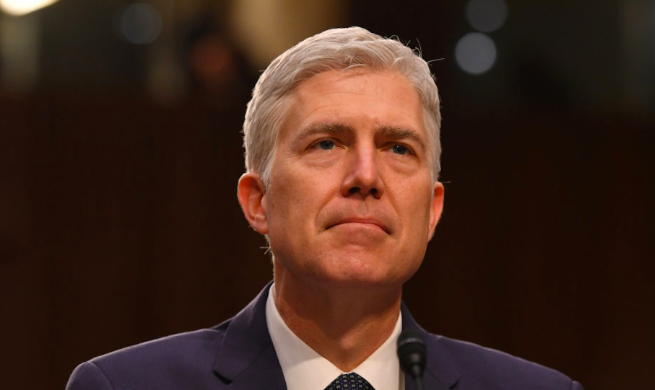Justice Neil Gorsuch, who is among President Trump’s nominees on Monday, disagreed with the liberal wing of the Supreme Court when he joined a narrow majority in the hunter’s support. The case borders on a treaty from 1868 which allows the tribe members to hunt in “unoccupied” land in exchange for their lands. The portion of their lands in question constitutes portions of Montana and Wyoming. The object of the vote was to ascertain whether the treaty is still valid or not especially after 1890 when Wyoming became a state.
The final decision by Justice Sotomayor, supported by Ruth Bader Ginsburg, Stephen Breyer, Elena Kagan, and Neil Gorsuch, ruled the treaty as effective and acquitted Crow member Clayvin Herrera as improperly convicted of off-season hunting in the Bighorn National Forest in 2014.
The 5-4 majority in court ruling was based on the 1999 decision in a similar case, Minnesota v. Mille Lacs Band of the Chippewa Indians. During this case, the Supreme Court ruled that a territory gaining statehood doesn’t extinguish Indian treaty rights to fish, hunt, and gather on land within state boundaries. The Supreme Court further mandated a state to clearly express its intention to end a treaty with a Native American Tribe for such treaty’s right to be nullified.
Gorsuch’s decision to side with the traditional liberal justices gave them a 5-4 majority win in the case. This came exactly a week after Justice Brett Kavanaugh, another Donald Trump’s nominee took side with liberals and ruled that the tech giant can be sued by iPhone owners over the high price tags in their App store.






Be First to Comment